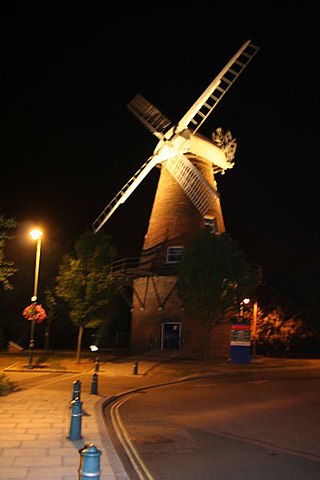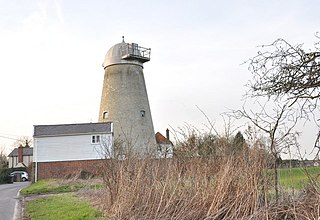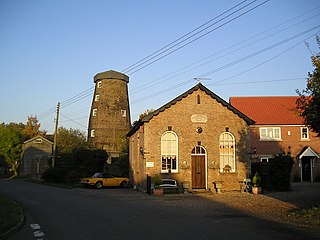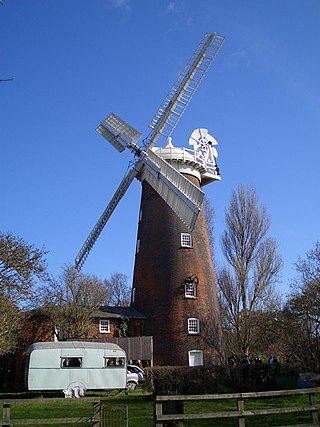
John Webb’s or Lowe’s Mill is a Grade II* listed tower mill at Thaxted, Essex, England, which had been restored to working order, but is currently out of action following the loss of a sail in April 2010.

Caston Tower Windmill is a grade II* listed tower mill at Caston, Norfolk, England which is under restoration. The mill is also a scheduled monument.

Ramsey Windmill is a grade II* listed post mill at Ramsey, Essex, England which has been restored.

Terling Windmill is a grade II listed Smock mill at Terling, Essex, England, which has been converted to residential use.
Church End Mill is a grade II listed Tower mill at Great Dunmow, Essex, England which has been converted to residential use.

Rayleigh Windmill is a grade II listed Tower mill at Rayleigh, Essex, England which has been restored as a landmark and is used as a museum.

Stock Windmill is a grade II* listed tower mill at Stock, Essex, which has been restored.

Messing Maypole Mill is a grade II listed Tower mill at Tiptree, Essex, England which has been converted to a residence. Prior to boundary changes made when the civil parish of Tiptree was established in 1934, the mill was in the parish of Tolleshunt Knights.

White Roding Windmill is a Grade II listed preserved tower mill at White Roding, Essex, England.

Framsden Windmill is a Grade II* listed post mill at Framsden, Suffolk, England which is preserved. The mill was known as Webster's Mill when it was a working mill.

Thorpeness Windmill is a Grade II listed post mill at Thorpeness, Suffolk, England which was built in 1803 at Aldringham and moved to Thorpeness in 1923. Originally built as a corn mill, it was converted to a water pumping mill when it was moved to Thorpeness. It pumped water to the House in the Clouds.

Collis Mill is a Grade II* listed smock mill at Great Thurlow, Suffolk, England, which has been restored.

Thelnetham Windmill, also known as Button's Mill is a Grade II* listed tower mill constructed of brick. The windmill is located at Thelnetham, Suffolk, England. It was built in the early nineteenth century to grind wheat into flour. Thelnetham windmill worked by wind power until 1924, latterly on two sails, after which it became derelict.

Buxhall Mill is a tower mill at Buxhall, Suffolk, England which has been converted to residential accommodation.
Cockfield Mill is a tower mill at Cockfield, Suffolk, England, which has been converted to residential accommodation.

Gazeley Mill is a tower mill at Gazeley, Suffolk, England which has been converted to residential accommodation.

Tutelina Mill, also known as Clarke's Mill, is a Grade II listed tower mill at Great Welnetham, Suffolk, England which has been conserved.

Skoulding's Mill is a Grade II listed tower mill at Kelsale, Suffolk, England which has been converted to residential accommodation.

Pakenham Mill is a Grade II* listed tower mill at Pakenham, Suffolk, England which has been restored and is maintained in working order.

Buttrum's Mill or Trott's Mill is a Grade II* listed tower mill at Woodbridge, Suffolk, England, which has been restored to working order.



















